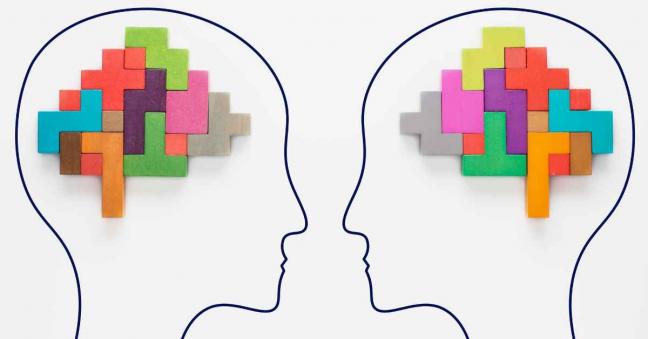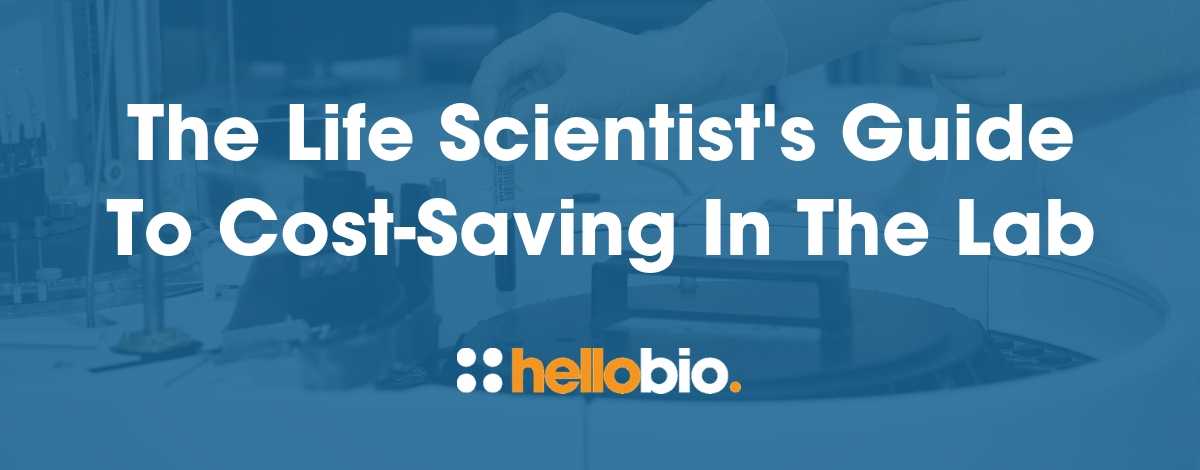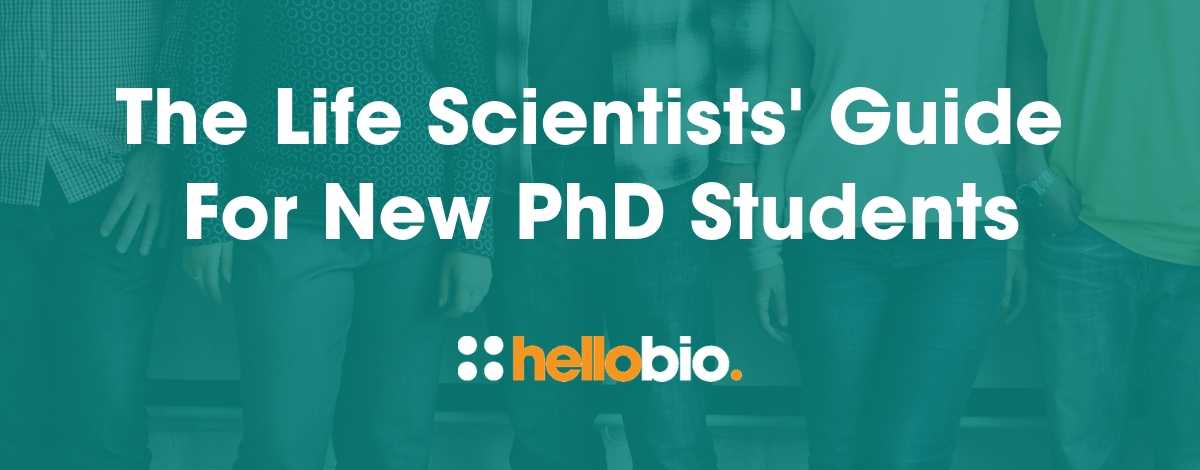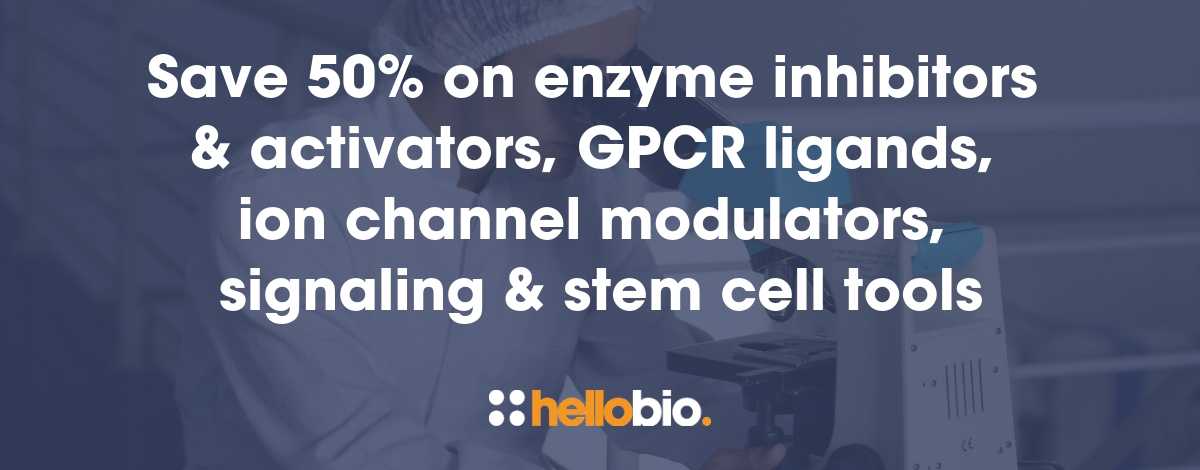A Plastic Brain and the Malleability of Bias: Using Neuroscience to Address Underrepresentation in STEM
The brain is plastic
Finishing the final chapter of Dr. Norman Doidge’s The Brain That Changes Itself marked the beginning of my journey into the field of neuroscience. Throughout the book, Dr. Doidge returns to the pithy, if not poetic, Hebbian mantra: “neurons that fire together, wire together” in order to explain the neuroplastic nature of the brain.
The mantra proved prescient to my experience.
At first, I used the words to take a scientific approach to understanding how my brain “learned” foot pain from a competitive running injury – to the extent that I felt pain even when no physical injury existed. The development of chronic pain represented a neuroplastic learning process. So, I began to work on rewiring the strong association between pain and movement over eighteen months, and with time and reinforcement, the change was possible.
As a budding young neuroscientist, this first-hand experience imprinted a pivotal neuroscience lesson: the brain truly is plastic. Then, as I immersed myself in academia, the Hebbian mantra of plasticity had more use than I anticipated.
Bias in STEM fields
As I studied neuroscience in college, and pursued neuroscience research as a technician at the Massachusetts Institute of Technology, I began to recognize how our immersion in society implicitly shapes our thoughts, feelings, and behaviors.
The development of bias, similar to that of chronic pain, also represents a neuroplastic learning process. The human brain is designed to categorize the world – in this case, our social world – in such a way that over time we form biases: a tendency to favor one group, person, or category over another. The biases most apparent to me were those rooted in the broader social context of science, technology, engineering, and mathematics (STEM) fields.
The neurobiological processes of associative and categorical learning underlie the pervasive bias that exists today toward the gender, race, ethnicity, and sexual orientation of individuals in STEM fields. This bias is well documented in admissions processes, faculty hiring, scientific publishing, and promotions. As a result, women only represent 28.8% of researchers worldwide. The same trend is observed for people of color and members of the LGBTQ community. Furthermore, women hold only 38% of tenured faculty positions in the United States, while members of underrepresented minority groups hold only 13%.
A diverse milieu of brilliant and talented minds who do not fit the typical stereotype of a “scientist” are being prevented from forward progression into positions of leadership in the STEM fields. Major scientific advancements and discoveries that better the lives of people in society are impeded by the systemic bias that STEM-is-male and / or STEM-is-white.
However, the malleability of bias is evident from a study showing that increased exposure to counter-stereotypic environments – ones in which women are over-represented in STEM fields – weakens already established gender biases in college-aged women.
Dr. Nilanjana Dasgupta and colleagues immersed students attending women’s colleges in laboratory settings and academic classes with mostly female leaders. They found that participants’ implicit associations between male and science (as measured by the implicit associations test) were weakened compared to colleagues who went to co-ed colleges and lacked female laboratory leaders and STEM professors.
To me, these research findings optimistically highlight the plastic nature of the brain and therefore the opportunity this provides to “unlearn” bias. As a technician at MIT, in the fall of 2018, I decided to take a neuroscientific approach to addressing pervasive biases against underrepresented individuals in STEM fields. I began planning ways I could begin to weaken entrenched biases in my own scientific community by exposing my peers to a counter-stereotypical environment. I wanted to highlight not only the barriers faced by underrepresented individuals in STEM but also their unrecognized achievements.
SAID in STEM
In January 2019, I founded Students Advocating for Increased Diversity (SAID) in STEM: a seminar series designed to educate the MIT community about equity, diversity, and inclusion in STEM, and highlight the successes and difficulties faced by underrepresented scientists and physicians.
SAID in STEM lasted three months, and included two journal clubs, seven guest lecturers, and attracted 59 participants over the duration of the series. Each session represented the beginning of the bias unlearning process to weaken the deeply ingrained biases developed through exposure to “typical” scientist stereotypes in the media.
Experiences in SAID in STEM
Undergrads, grad students, postdocs, faculty, high school students, and middle school students, of all gender identities and expressions, gathered to hear the experiences of underrepresented leaders in science and medicine pushing barriers to get to where they are today.
We heard stories of successful women facing imposter syndrome – doubting their belonging and worthiness in STEM careers due to an implicit awareness of pervasive gender stereotypes. “You start to ask yourself: do I deserve to be here? Did I make a mistake?” said Dr. Mary Montgomery, a physician and an associate professor at Harvard Medical School, as she discussed her experiences of intersectionality as a member of the LGBTQ community and a woman in medicine. Montgomery taught the group about the history of HIV stigma in America and shared her experiences treating HIV patients at the Brigham and Women’s Hospital in Boston as an infectious disease specialist. One inspired attendee said: “As a male member of a mostly male lab, these are not things that I have much exposure to in my routine work experience. This was a great way to better understand the context in which some of these challenges exist and learn ways in which I am capable of trying to enact positive change.”
Another guest speaker, Dr. Eve Marder, shared the wisdom and experience she has gained as a prominent female leader in neuroscience: “Extracting something new from the universe is really hard. The salient thing is whether you like physically doing something or whether you just like learning about it… you need extraordinary amounts of patience.” Hearing career advice from a woman in neuroscience, and moreover one who pioneered the study of neural networks and neuromodulators, provided a counter-stereotypic moment that strengthened associations between female, science, and leadership.
After the series ended, SAID in STEM members approached me to discuss the impact SAID in STEM had on them. One male lab technician explained: “I hope to continue the discussion SAID in STEM has reawakened as I move forward in academia and in life. Being aware of these issues is a key first step to change, but more work can, and should, always be done.”
Another attendee, a visiting Fulbright scholar from Argentina, emailed me after returning to Argentina saying: “I have started to organize the Argentinean version of SAID in STEM: it has absolutely inspired me.”
SAID in STEM gained momentum and created an impetus that pushed the MIT community closer to recognizing bias and making positive changes.
The Future
I learned that weakening old associations and forming new ones takes time and practice through my chronic pain experience. Just as learning to play the piano and only practicing once a month won’t garner much improvement, the same goes for bias. While SAID in STEM may have impacted the lives of attendees, the general community at MIT, and the Twittersphere via #SAIDinSTEM, the event was merely a pilot series of practice sessions.
Initiatives like this must continue to be frequent, pervasive, and open to all community members. Everyone should have a chance to recognize their biases, understand their impact on others, and work towards weakening their biases.
To continue working towards weakening biases on a broader scale, SAID in STEM has partnered with the Salk Institute for Biological Studies, San Diego Science Writers’ Association, and the 500 Women Scientists San Diego Pod to co-host a Wikipedia Edit-A-Thon at the Salk Institute on September 7th, 2019. The event will provide an opportunity to teach the La Jolla and San Diego communities about the dearth of women in STEM along with how to improve the coverage of notable women scientists with their own hands and a computer.
We will teach attendees (for free!) how to create and edit Wikipedia pages for notable women in STEM to improve the extremely low representation (only 17.86% of English Wikipedia biographies!) Each attendee will learn how to advocate for women in STEM through writing Wikipedia pages, and their efforts will reach readers far and wide. Since Wikipedia is the fifth most visited internet site, adding more women to the platform will inadvertently increase exposure to counter-stereotypical scientists and help reduce the pervasive gender bias that exists in STEM.
As scientists, clinicians, engineers, mathematicians, educators, volunteers, and community leaders, we have a responsibility to constantly check our biases and make others more self-aware. Creating a productive, inclusive, and innovative STEM environment requires perpetual effort to rewire our neural circuits, learn new concepts, and understand that diversity-is-STEM.
______________________________
Mackenzie Lemieux is a research technician in the Tye Lab at the Salk Institute for Biological Studies (formerly at the Massachusetts Institute of Technology). She is the founder of Students Advocating for Increased Diversity (SAID) in STEM: a seminar series designed to promote equity, diversity, and inclusion in STEM. As an aspiring physician-scientist, Mackenzie is currently applying for MD-PhD programs in hopes of matriculating in 2020.
One fact that most people know about Mackenzie is that she loves microglia, the innate immune cells of the brain, and hopes to study these incredible cells during her graduate degree. When not in the lab or advocating for diversity in STEM, Mackenzie can be found, running, surfing, or painting with friends.
_______________________________
If you enjoyed reading this article, why not check out the other resources available on our blog. As well as trying to promote diversity in science, we are really passionate about supporting early-career life scientists and PhD students - with affordable reagents and biochemicals, travel grants, and resources to help with both personal and professional development. We know how tough it is - so we hope you find these helpful!
Advice & guidance for life scientists
Click below to view our of essential guides and articles includes to support life scientists, PhD students & early career life scientists:
Wellbeing for scientists
Click below for our resources to help improve your wellbeing:
Travel grants
Every month we give away $500 to PhD students and Postdocs so that they can attend a scientific conference - click below to find out more:
Technical resources
Try our Molarity Calculator: a quick and easy way to calculate the mass, volume or concentration required for making a solution.
Try our Dilution Calculator: an easy way to work out how to dilute stock solutions of known concentrations
Click below to see our Mini-reviews, Pathway Posters & Product Guides: a set of technical resources to answer your questions on a wide range of topics and to help you get started quickly.
And - when you get to the stage of planning your experiments, don't forget that we offer a range of agonists, antagonists, inhibitors, activators, antibodies and fluorescent tools at up to half the price of other suppliers - click below to see how we compare with other suppliers:























